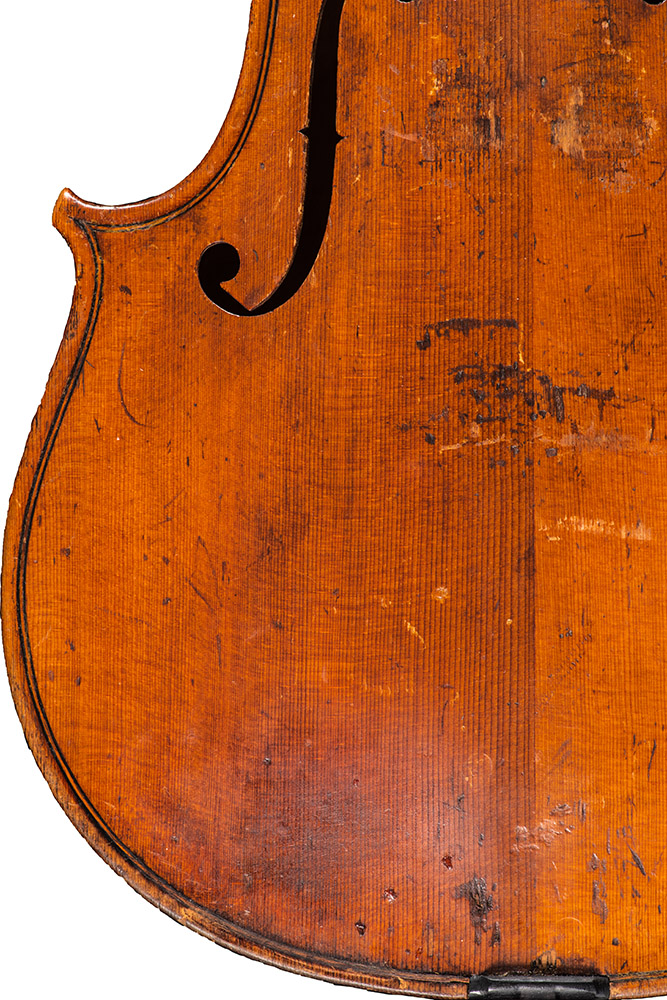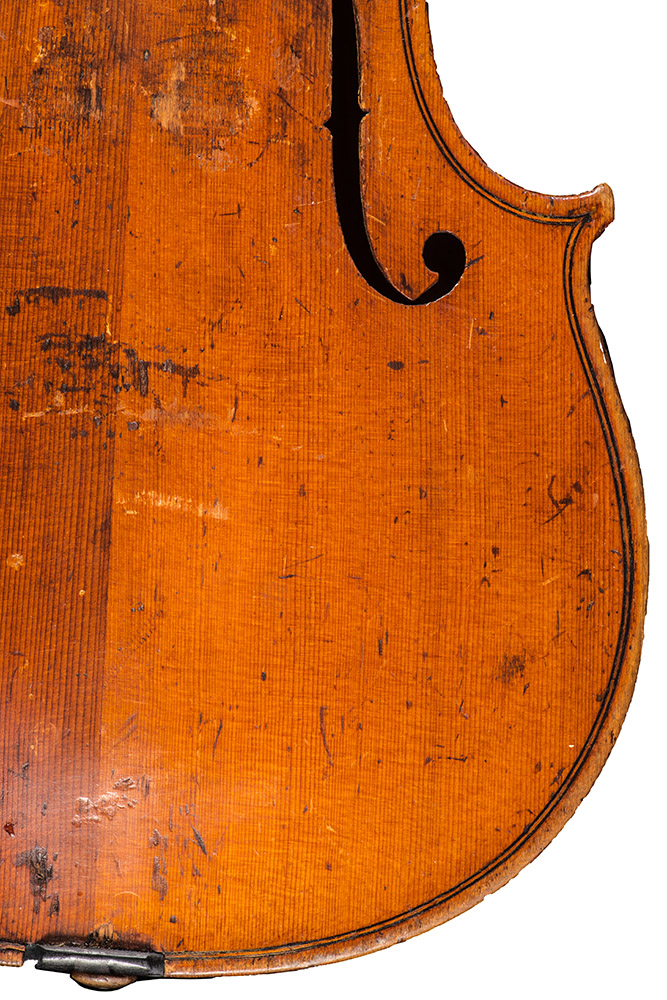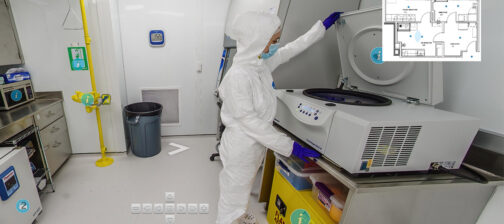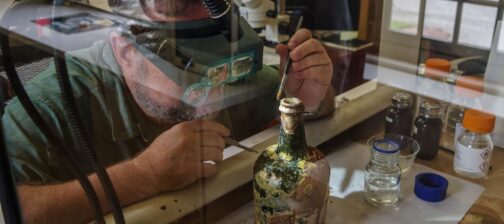May 13, 2024. Dr. Chuck Durfor, Senior Staff Archaeologist and Staff Photographer.
Dendrochronology is the study of the size and spacing of tree rings within a wood sample to identify the potential date and origin of the tree from which it was harvested. This technique is extremely useful in archaeological research. For example, our knowledge that the 1587 Roanoke and early Jamestown settlements occurred during two of the most severe droughts in 800 hundred years was determined by Dennis Blanton’s study of bald cypress tree rings from the tidewater regions of northeastern North Carolina and southeastern Virginia.1 Currently, the Jamestown Rediscovery (JR) staff hopes to apply dendrochronology to a few key wooden artifacts recovered from early context wells, e.g., the barrel staves found in the first well (c. 1608-1609) and the fruit wood handle of the Roman Lock pistol recovered from the second Jamestown well (c. 1610-1611).
To learn more about how samples are prepared for study and to share Jamestown’s resources with other important local historical researchers, I was pleased when 10-time National Scottish Fiddling Champion Dr. John Turner2 asked if the JR staff could prepare high-resolution photos of an old violin to help identify its date and location of manufacture. As a longtime fan of John’s work (his annual Hogmanay performances in Colonial Williamsburg are not to be missed), I was delighted to have an opportunity to collaborate with this talented artist. The photos needed to have no glare, good focus, and detailed resolution of the tree ring structure (i.e., the grain lines of the violin must be full size, without pixelation, and at a resolution of at least 600 DPI).
David Rattray3 and Peter Ratcliffe4 provided additional information on electronic image preparation for dendrochronology (which will be very helpful for future Jamestown studies):
- High-resolution digital (scans and photographic) images have been very successful in dendrochronology studies.
- The use of digital images permits instant digital communication and rapid testing.
- With the increasing ease with which good quality, high-resolution digital images can be produced, it is much easier to commission a dendrochronology test. The costs of analyzing samples via the Internet have considerably reduced processing and travel expenses, which makes testing much more affordable.
- When picture quality is high, (which reveal sharp tree-ring boundaries over the whole section to be tested), the accuracy of measurements is second to none.
- As a distinct advantage over microscopic analyses, digital files can be stored for re-assessment at a later date if required.
- There is no set number of images required for testing, but sharpness and high resolution are required to collect accurate measurements from the rings. Instruments showing particularly tight growth rings may need more advanced photographic equipment than most ordinary cameras can provide. Most violin shops now have in-house photographic studios and can supply the best possible images.
- The tree-ring measurements are gathered from a specially designed software module, where enlarged images are loaded.
Using the same techniques as in artifact photography, images of the violin (see below) were collected using both full-frame and medium-format cameras. The photos were then transferred electronically to the UK for analysis. Given the fragility of our archaeological wood samples, learning that dendrochronology can be performed while the artifacts remain in the lab is very good news!



a summary of the results:
- The belly (spruce top) is made in two sections, joined down the middle.
- A total of 168 rings were measured on the bass side (left) and 155 rings on the treble side (right).
- The most significant cross-matches place the latest visible fully formed growth ring on the bass side at 1774 CE and at 1822 CE on the treble side. As the spring growth of the following year is just visible after the latest rings are measured, one year needs to be added to the dates, leading to an overall terminus post quem or earliest possible felling year of 1823.
- The results strongly suggest that the origin of the trees is the central Alps.
- Based on previous research, the most significant cross-matches for the bass side are a c. 1780’s Bavarian violin; a c. 1800 South German violin; an 1858 English guitar by Panormo; and an English violin of the school of John Lott, etc.
- For the treble side cross-matches include a Danish violin, 1848 by Thomas Jacobsen; a mid-19th c. Saxon violin; a c. 1890 French Mirecourt violin; an English guitar by the Roudhloff brothers; and several of other instruments.
- While no definite identification was achieved, one possibility is that the violin was made by John F. Lott (II), 1805-1871, who was known to make brilliant copies of 18th c. Italian instruments, and put facsimile labels in them. The label in this violin is a correct facsimile of an authentic Carlo Bergonzi label. (Carlo Bergonzi, who was born almost 40 years after Stradivari, completed several of the master maker’s instruments after his passing.5)
Finally, you might ask what was the charge for my work? A very high price indeed, once the violin is repaired to playing condition, John promised to play some period-appropriate music in the Historic Jamestown Church. I cannot wait!
1 The Lost Colony and Jamestown Droughts, D.W. Stahle et al, Science, Vol. 280, Issue 5363, 564-567 (1998)
2 http://www.fiddletree-music.com/johnturner.html
3 David Rattray is a violin maker and violin expert/curator of various collections in the United Kingdom. For more information please see – http://www.davidrattrayviolins.co.uk and http://www.davidrattrayviolins.co.uk/publications.html
4 David Rattray HonARM, Strings Consultant RCS, Senior Fellow RAM, Ridge House, 22 Balwearie Gardens, Kirkcaldy, KY2 5LU.
5 https://www.thestrad.com/lutherie/carlo-bergonzi-was-never-a-wealthy-violin-maker-but-he-still-used-the-best-quality-maple-ever-seen/13130.article





